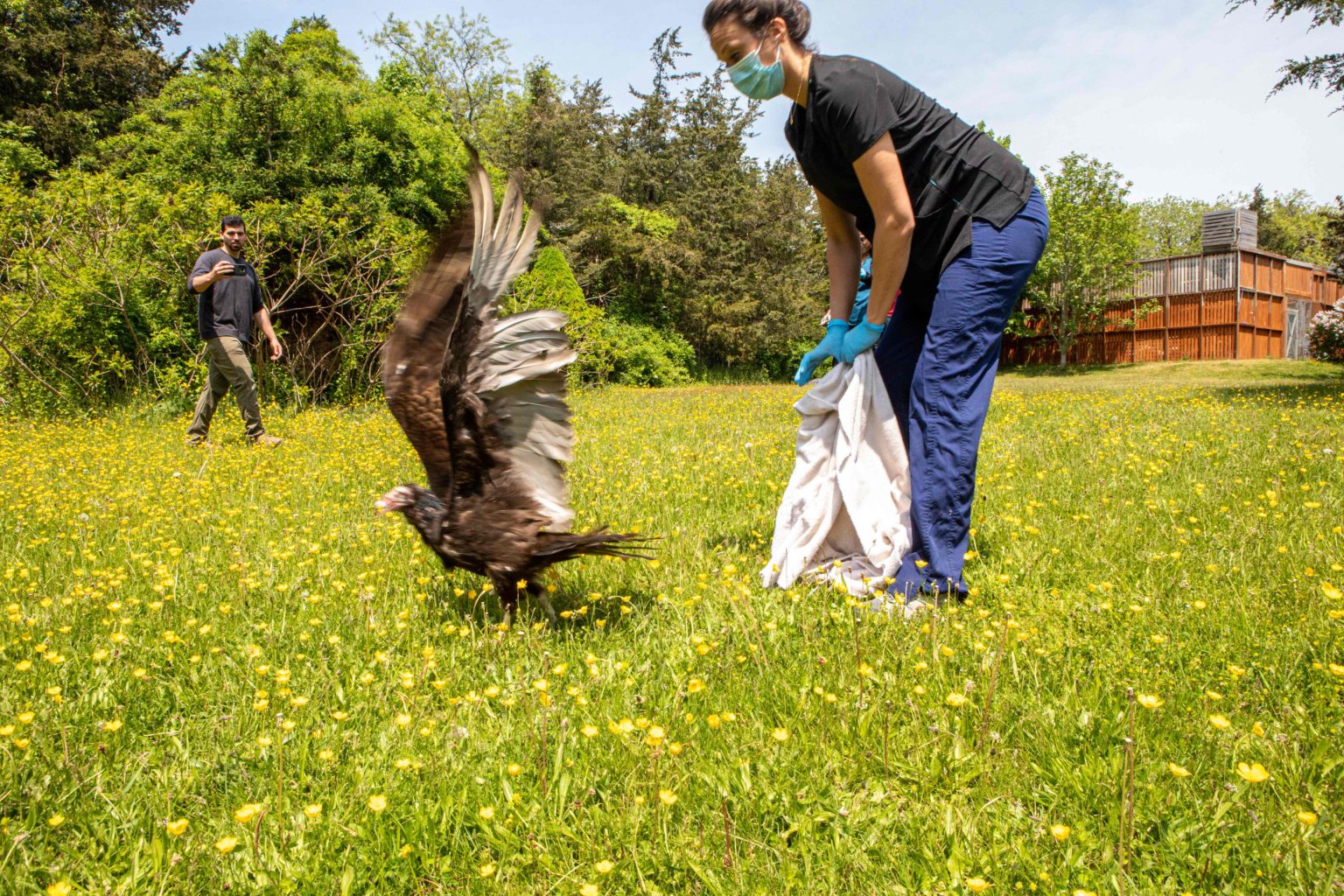The Centers for Disease Control and Prevention (CDC) recently announced a second case of a farm worker contracting the H5N1 virus from dairy cows, expanding the U.S. map of states where the virus has been discovered in humans. The new case was confirmed in Michigan, following a previous case in Texas and the initial detection of the virus in a Colorado poultry worker in April 2022. While the risk to humans is considered low, concerns about the potential for the bird flu to become a dangerous disease in humans have been raised, with some experts warning that H5N1 could develop into a pathogen capable of sparking the next pandemic.
Despite only two recent instances of the virus being detected in humans, an ongoing outbreak among dairy cows has raised alarm bells. The CDC has noted that the only symptom experienced by those infected this year was conjunctivitis, commonly known as “pink eye.” It is speculated that the infections may have been caused by contact with contaminated fluid, with high levels of the virus detected in unpasteurized milk from H5N1-infected cows. The agency has stressed the importance of recommended precautions for individuals with exposure to infected animals or environments, emphasizing that those with close or prolonged, unprotected exposures to infected birds or animals are at greater risk of infection.
The CDC has indicated that there have been no signs of unusual influenza activity in people, including in syndromic surveillance, in states affected by the bird flu. Despite the recent human infections, the agency’s current assessment of the H5N1 bird flu human health risk for the general public in the U.S. remains low. CDC Principal Deputy Director Nirav Shah has emphasized the need for flu surveillance programs to continue operating at enhanced levels, particularly in light of potential human infections during the upcoming summer season, as infections continue to spread on dairy and poultry farms.
A Newsweek map illustrates where this year’s H5N1 human infections have been detected, including cases in Texas and Michigan. The map also includes the 2022 Colorado human infection and the states experiencing outbreaks among dairy cows. Dairy cow infections have been reported in nine states, with a total of 52 herds believed to be affected. Additionally, the virus has been found in poultry in 48 states and 524 counties, affecting over 90 million birds. The CDC has also identified the bird flu in tests of 9,352 wild birds, underscoring the widespread presence of the virus in animal populations across the U.S.
The discovery of the H5N1 virus in humans and the ongoing outbreaks among dairy cows and poultry have led to heightened concerns about the potential for the bird flu to pose a health threat to both animals and humans. While the risk to humans is currently considered low, the CDC continues to monitor influenza surveillance systems closely and advises individuals with exposure to infected animals to take recommended precautions to minimize the risk of infection. As flu surveillance programs are urged to maintain enhanced levels of operation, efforts to contain and prevent the spread of the virus among animal populations remain a top priority to protect public health and prevent potential future outbreaks.


